Crimean architecture refers to the architectural style prevalent in the Crimean Peninsula, a region located on the northern coast of the Black Sea. The architecture of Crimea is influenced by various historical periods and cultural exchanges due to its strategic location at the crossroads of different civilizations.
-
Byzantine Influence: The Byzantine Empire had a significant impact on Crimean architecture, particularly during the medieval period. Byzantine architectural elements can be seen in the design of churches and monasteries, characterized by domed roofs, intricate masonry work, and decorative details such as arches, columns, and frescoes.
-
Tatar and Ottoman Influence: The Crimean Khanate, a Turkic state that ruled the peninsula for several centuries, left a lasting influence on the region's architecture. Tatar and Ottoman architectural styles are evident in the design of mosques, palaces, and public buildings. These structures often feature ornate minarets, domes, and decorative tilework.
-
Gothic and Renaissance Revival: In the 19th century, Crimea experienced a wave of Romanticism and European architectural influences. Gothic and Renaissance Revival styles became popular, especially among the Russian elite who built summer residences and villas in Crimea. These buildings incorporated pointed arches, intricate stonework, and decorative elements inspired by medieval European architecture.
-
Vernacular Architecture: Traditional Crimean houses, known as "koshary," reflect the region's rural vernacular architecture. These houses are typically made of stone or adobe bricks and have low-pitched roofs with wide eaves to provide shade from the sun. They often feature wooden balconies, carved decorations, and colorful paintwork.
-
Soviet Era Architecture: During the Soviet era, Crimea saw the construction of numerous public buildings, residential complexes, and resorts. Soviet architecture in Crimea followed the principles of functionalism and modernism, emphasizing simplicity, efficiency, and mass production. Concrete and glass were commonly used materials, and buildings often featured clean lines and geometric shapes.
-
Coastal Resort Architecture: Crimea's coastal areas are known for their resort architecture, catering to tourism and recreation. These buildings range from grand hotels and sanatoriums to beachfront villas and guesthouses. They often incorporate elements of Mediterranean, Art Nouveau, and Soviet-era styles, with balconies, terraces, and large windows to take advantage of the scenic views.
This is one of the forty original architectural styles based on which I generated references for the interior and exterior of the target building.
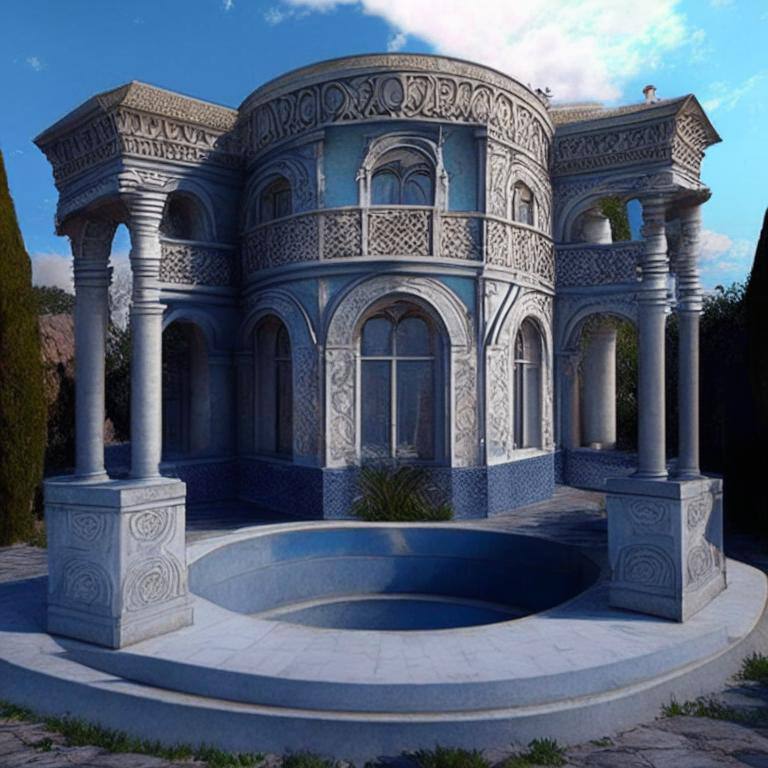
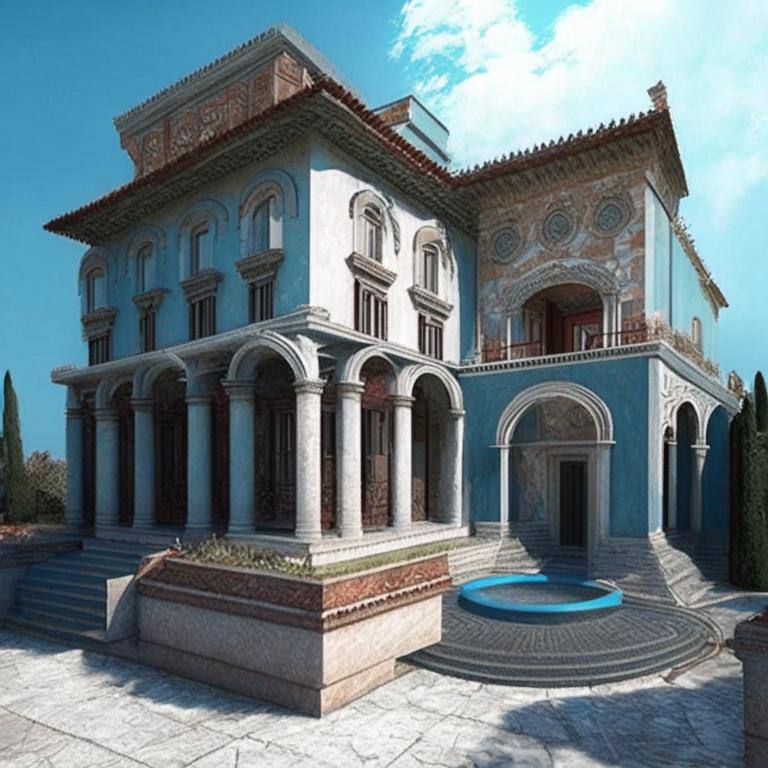
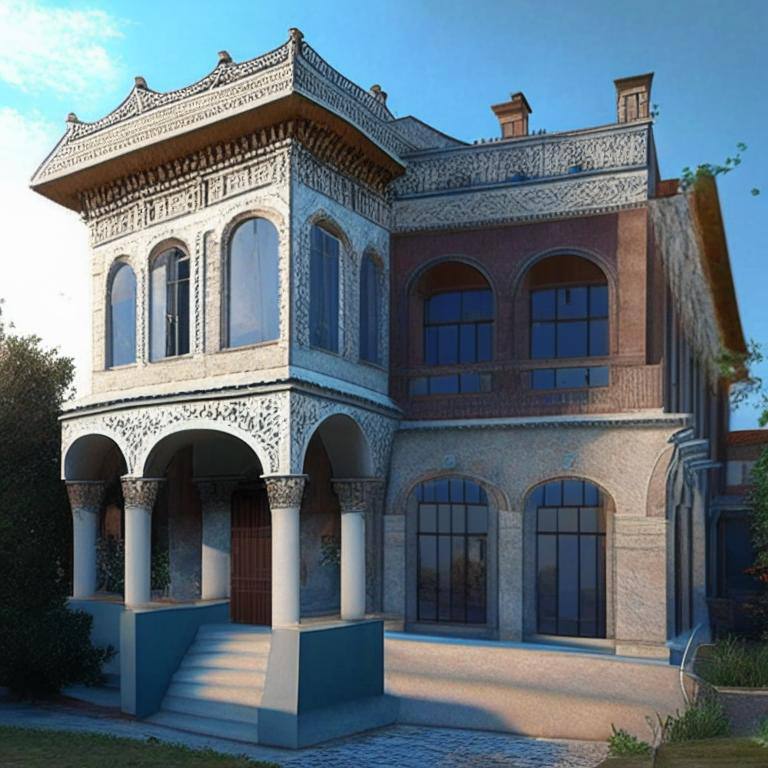
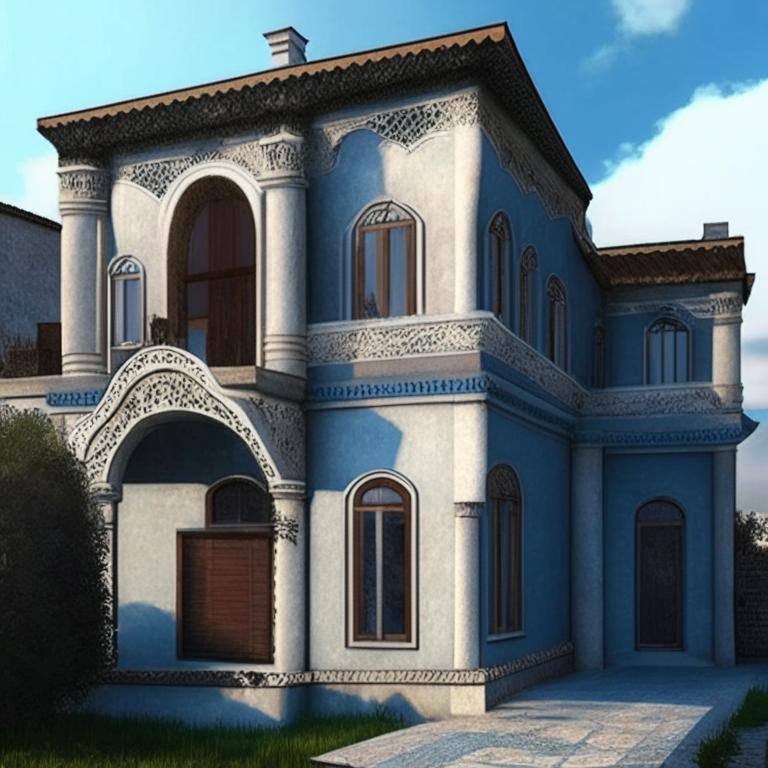
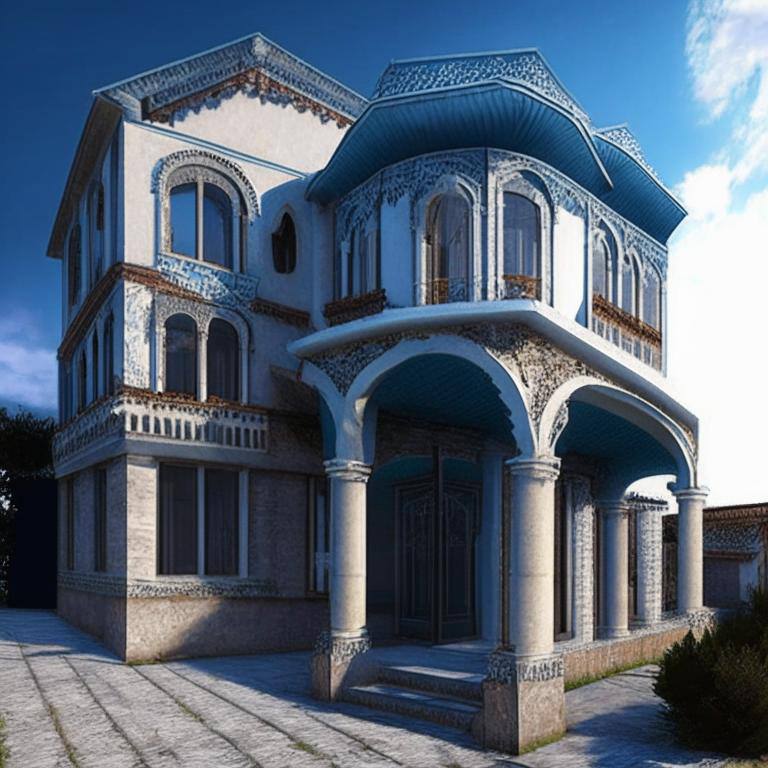
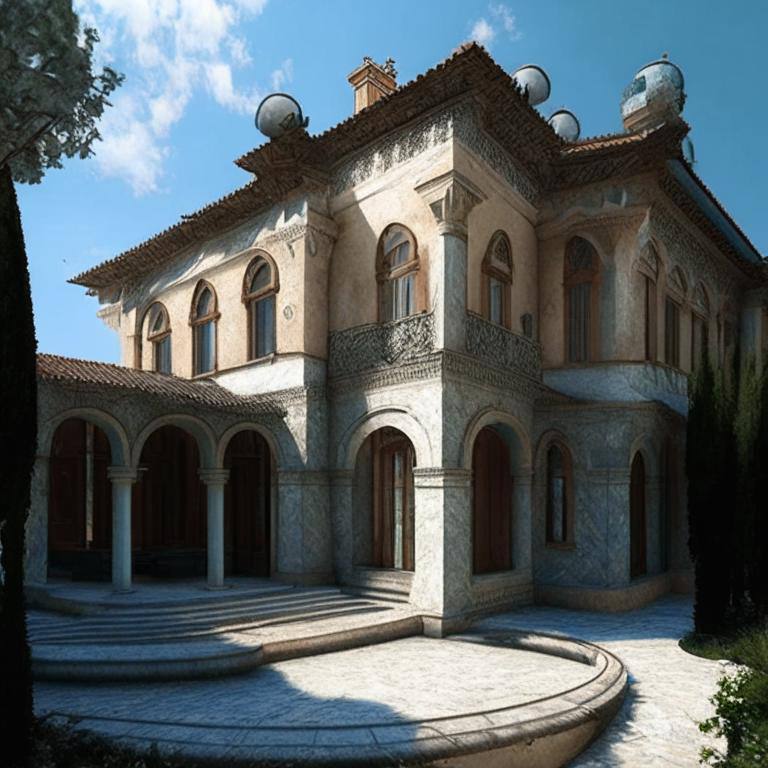
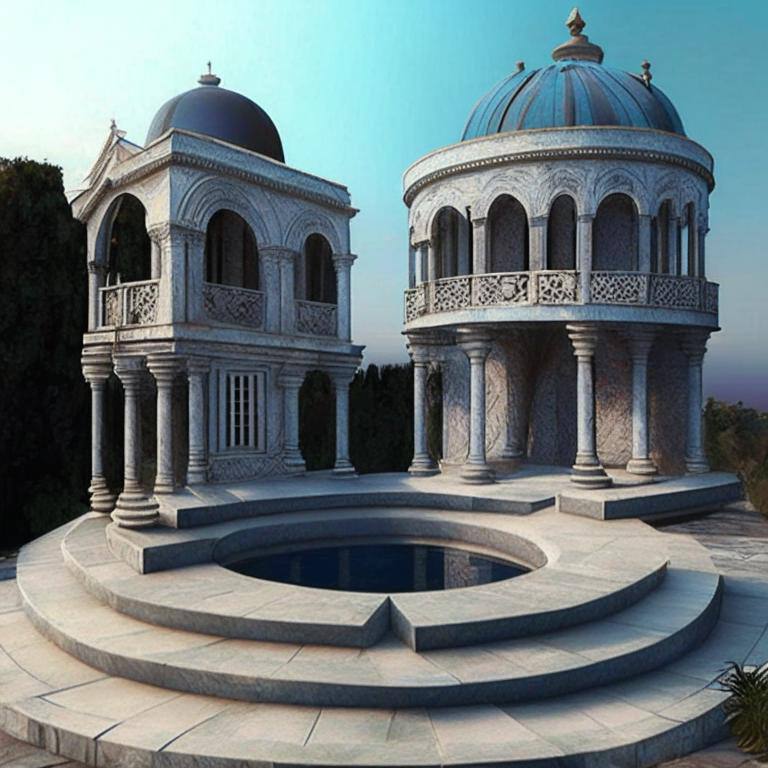
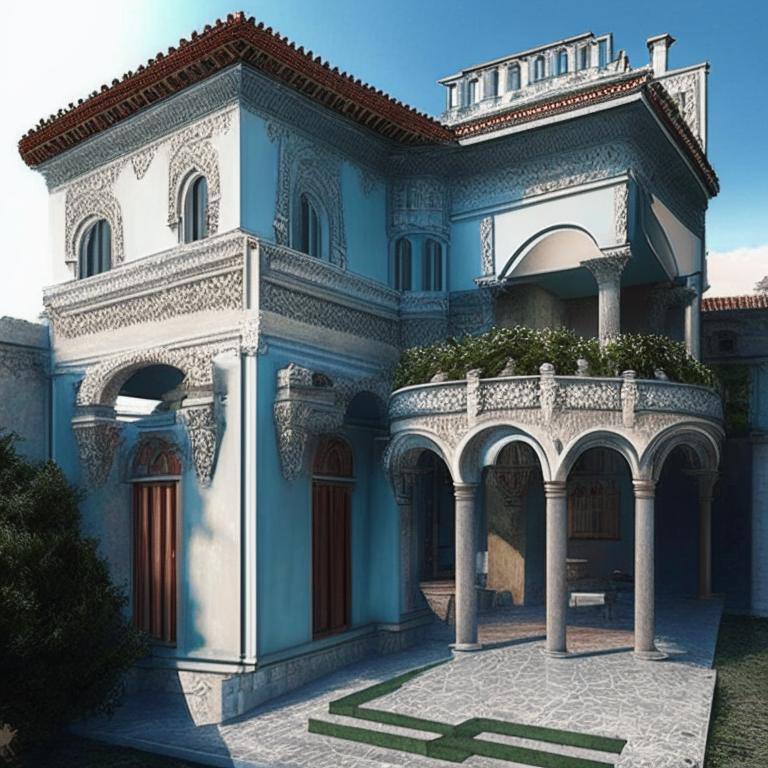
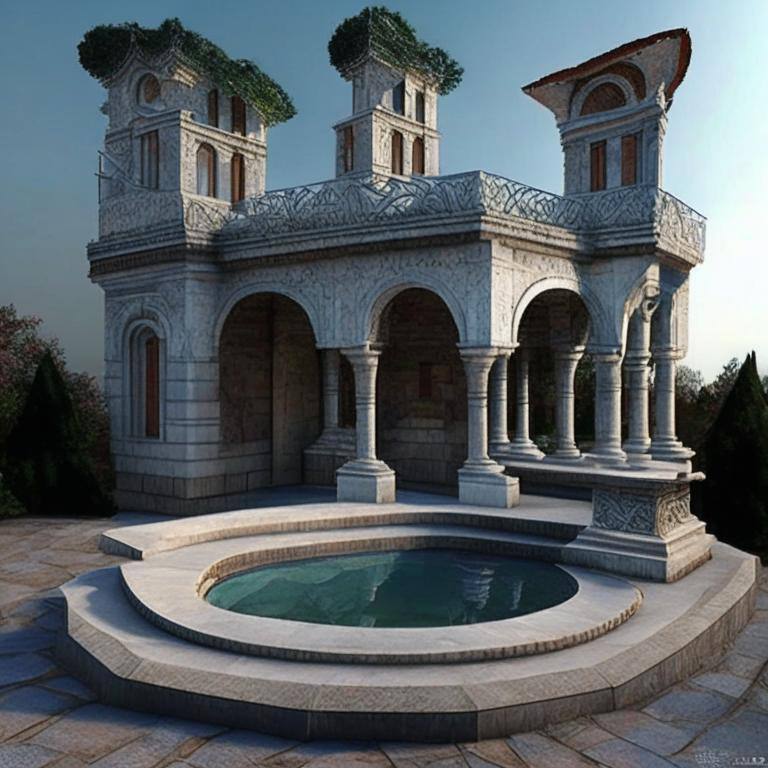
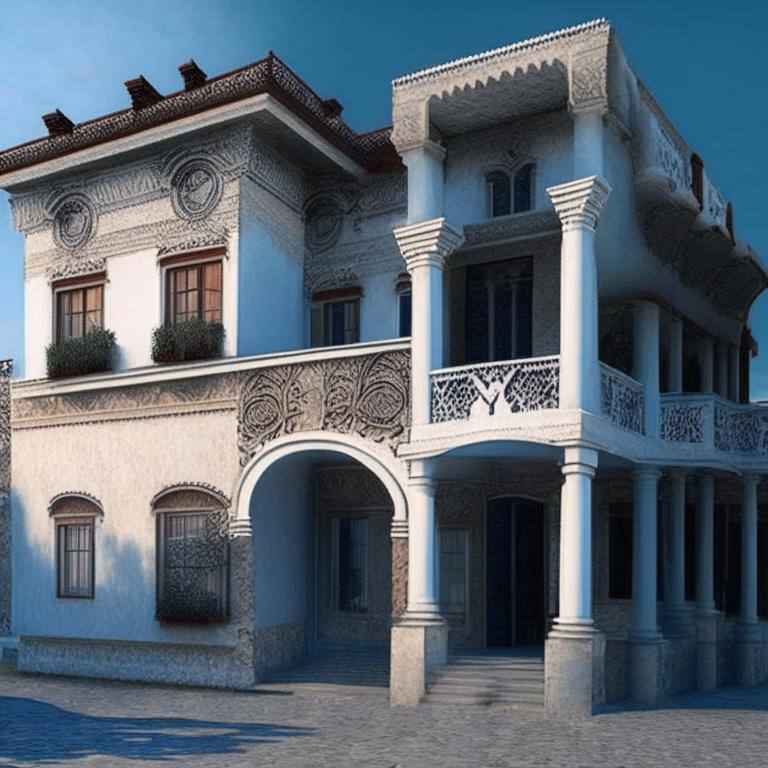

There is no comments